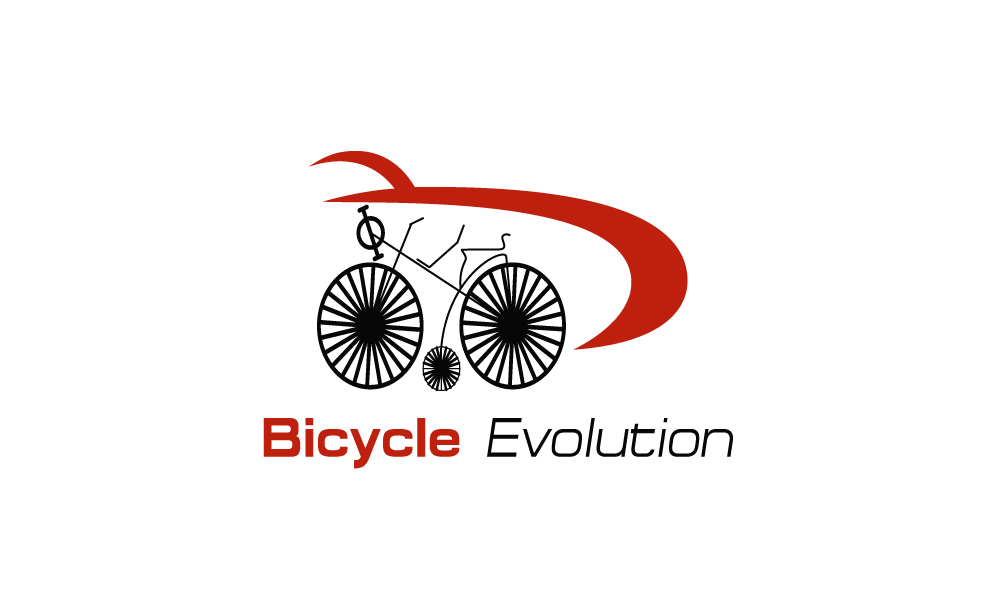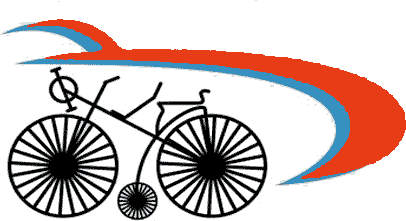Tires and Tubes FAQ
Our rates are below .. Be sure to read the FAQs though after the rate chart as there’s a lot of infomation about how to give your tires and tubes on your bicycle a long and happy life! You will likely need a tube and the labor, but may also need a tire and a tube
| Item | Cost Range | Average | |
| Tubes | $9-12 | $10 | Almost always need this |
| Tires | $19-$200 | $25 | Racing tires can be expensive! |
| Rim Strip (if needed) | $3-$7 | $3 | You’ll need if the wheel is more than a few years old or has been left without air for extended periods |
| Install (Quick Release) | $12 | Labor for this kind of mounting | |
| Install (Bolt On) | $14 | Labor for this kind of mounting | |
| Install (Coaster) | $18 | Labor for this kind of mounting | |
| Install (Tubeless Refresh) | $20 | Labor | |
| Install (Tubeless Fill/replacement) | $50 | Labor |
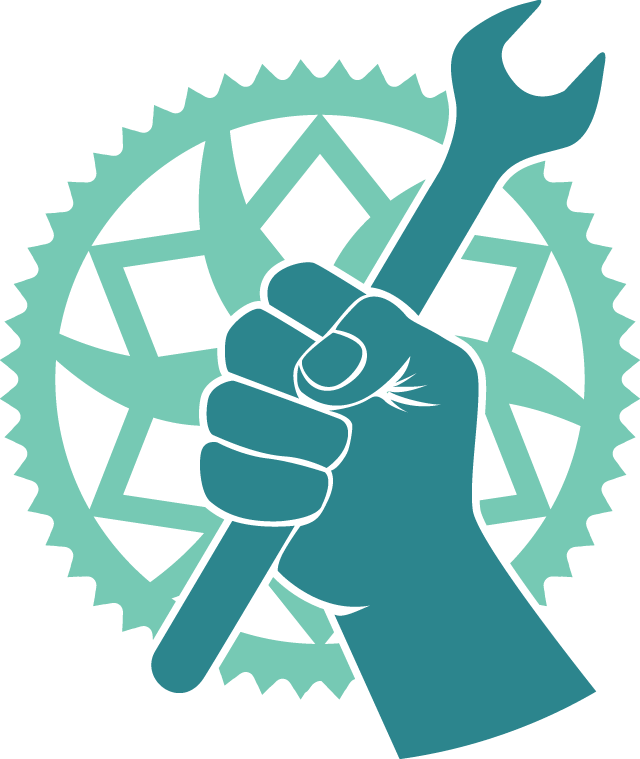
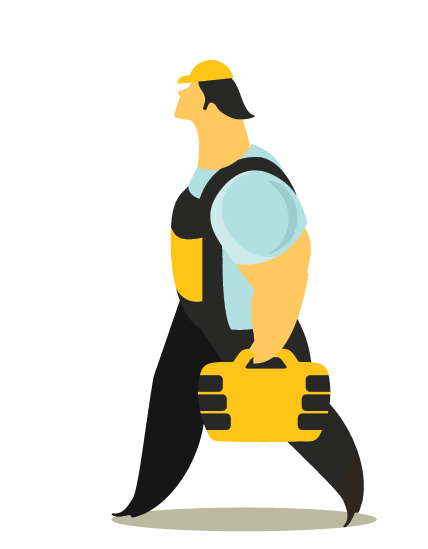
How to keep your tires happy and give them a long life!
1. Never let them go flat. Flat tires develop weak spots quickly, if you ride with them low on air it can stretch and damage the internal tube. Bicycle tires are not like car tires, they are thin and loose air rapidly. A typical road bike tire can loose a pound a day, some mountain bike tires loose 2-3 pounds a day. Once they run low, damage can occur quickly reducing the life of your tire. You should fill them up with air at least once a week, if not more. The rated pressure is written on the side of the tire. Follow it Don’t over fill them and dont under fill them. Use a good bicycle pump for this, not the auto pump at the gas station as those cannot produce the higher pressures needed for modern bike tires and sometimes they can also pump moisture into the tube which will cause it to fail.
As a general rule:
- Road tires should run between 100 to 160 psi.
- Mountain bike tires should run between 30 to 50 psi.
- Urban and casual bike tire should run between 60 and 80 psi.
2. Don’t store them on the ground for long periods, if you are not going to be able to ride for a while hang the bike up so that the tires are not touching the ground. Moisture can get under the contact patch and cause it to rot and come apart.
3. Don’t leave them in the sunlight for extended periods – of course you have to ride outdoors, we are talking about hanging it outside not-moving for weeks or months at a time .. UV will slowly erode the rubber. Temperature changes such as extreme hot and cold will also cause premature damage
4. Inspect them regularly for any sign of damage, if there are threads or other signs of not rubber bits showing, bring them to us and let us take a look
Basic Tire Care
It’s a good idea to periodically inspect your bike tires for embedded glass, rock shards or other sharp objects, especially after riding a route that has substantial debris. These small embedded items may not cause an immediate flat but can slowly work their way through a tire to eventually cause a puncture. Use your fingernail or a small tool to remove this debris before it causes a problem.
Periodically check your tire sidewalls and tread for excessive wear, damage, dryness or cracking. Tires with any of these symptoms increase your risk for a flat tire. If unsure about their condition, come by and ask US!
Other options for preventing flats —
Puncture-resistant Tires and Tubes
Another option is to change out your tires to ones specifically designed to resist flats. These tires won’t feel as speedy as standard bike tires, but bike-commuting customers have told us that they experience flats much less frequently when using them.
How do they work? Many tires makers employ a durable belt of aramid fibers (such as the well-known Kevlar® brand) to resist punctures; others simply increase the tread thickness. These tires are marketed by a variety of proprietary names: the Serfas Flat Protection System, the Continental Safety System, the Michelin ProTek reinforcement system and so on. The downside of these tires is that they are relatively heavy which reduces your pedaling efficiency.
Finally, consider using thorn-resistant tubes. They are simply thicker (and heavier) versions of conventional tubes. These can be the best option for kids bikes that can’t seem to stop getting punctures as kids will ride their bikes over anything!
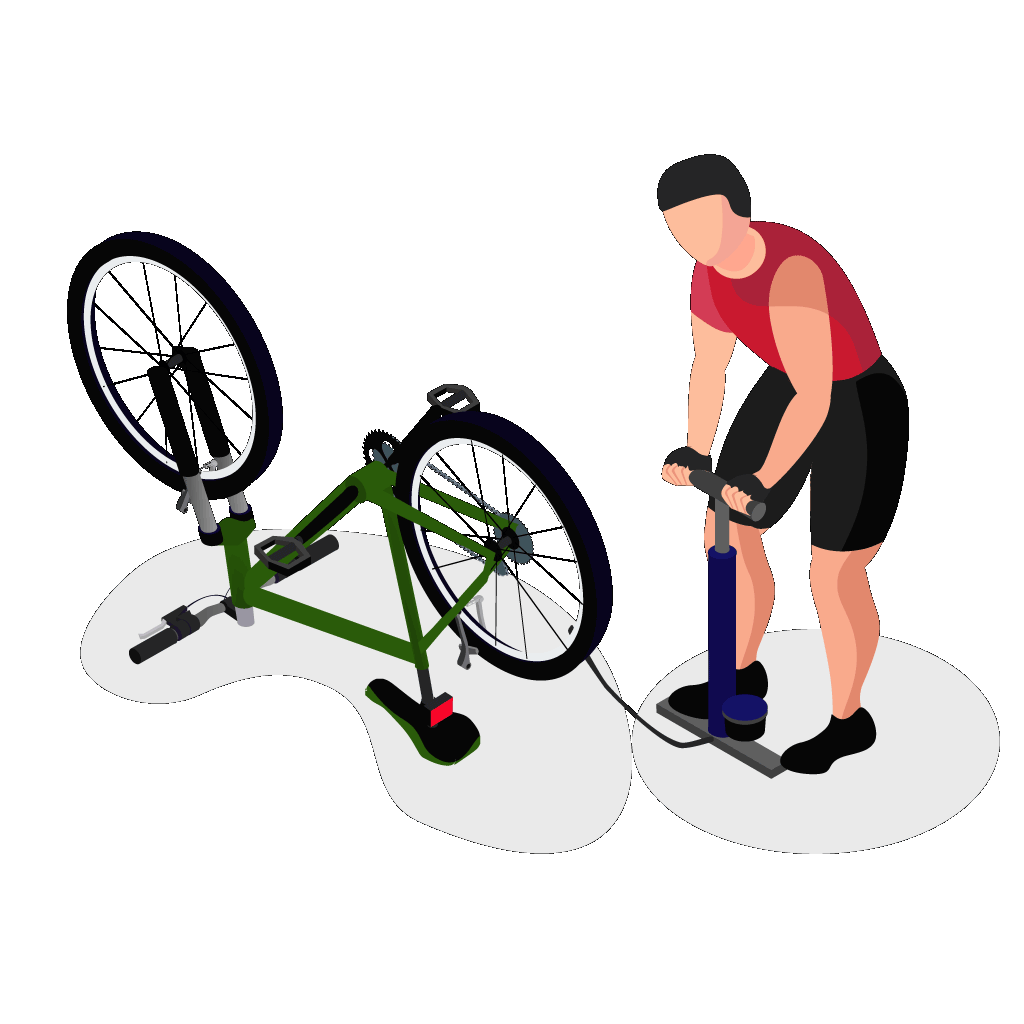
Tire Liners
A tire liner is a thin strip of extruded-plastic that fits between the tire and the tube. This extra layer greatly reduces the chance of puncture flats from thorns, glass or other sharp objects. Liners are popular and work well, but they do add 6 oz. or more to the weight of your tires which adds noticeably to your rolling resistance in higher performance tires. However, if you live in an area with lots of thorns or road debris, liners could be well worth the weight.
Tube Sealants
This option is handy because you can repair an existing flat tire with it or use it as a preventive measure to avoid future flats. The concept is simple: Squeeze in a bit of sealant through the valve stem to coat the inside of the tube. In the case of a small puncture or cut, the sealant quickly fills the leak and creates a plug that often outlasts the tube or the tire around it.
The downsides to sealants? They can be little messy to install, and sealants alone do not protect against large gashes or cuts. They also need to be refreshed perodically and are not very good for bikes that remain stationary for long periods as the sealent will harden in one place.
4101 East Park Blvd #138
Plano Texas 75094
+1 214-556-0997

